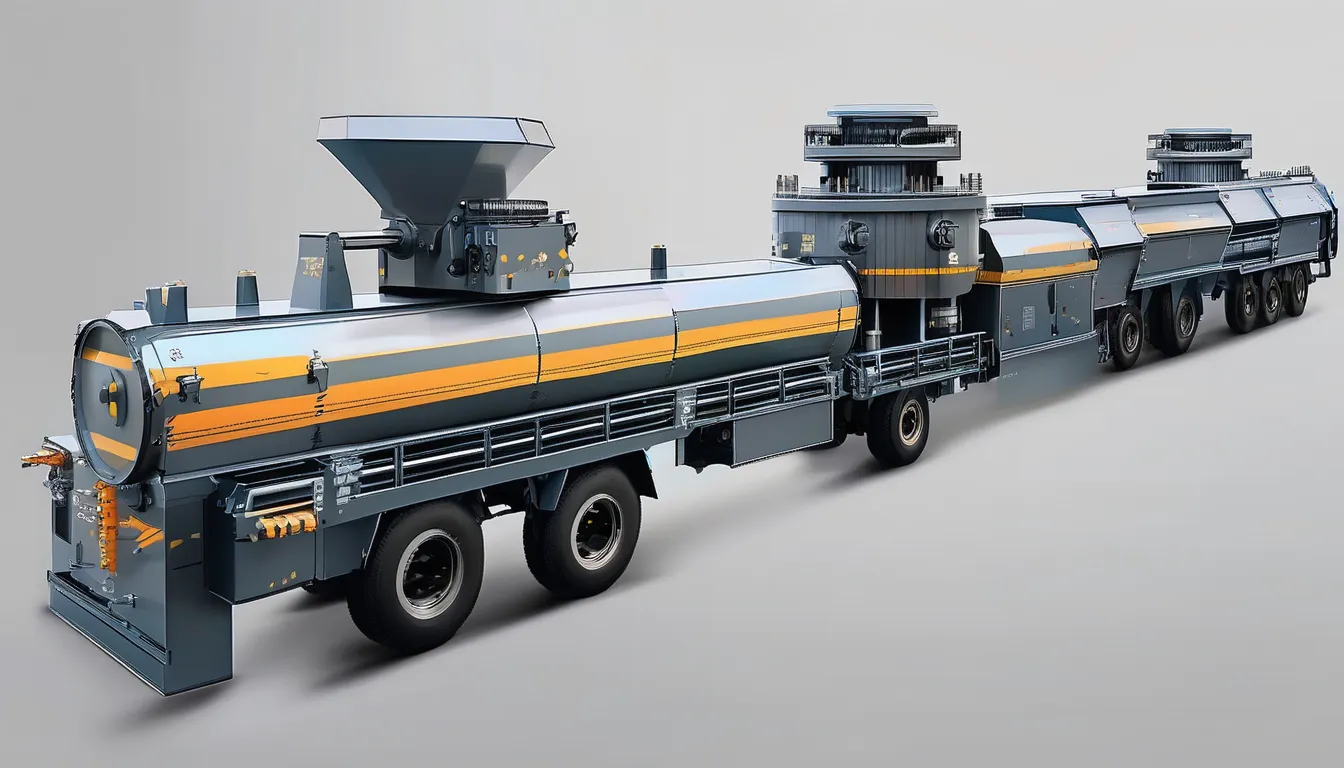As you step into the world of forensic investigation, you’ll quickly realize that the right tools can make all the difference. You’re likely familiar with some of the basic forensic detectors, but the field is constantly evolving. New technologies are emerging, and it’s crucial to stay up-to-date on the best options available. From Luminol for blood detection to portable explosive material detectors, the choices can be overwhelming. But which devices are truly essential for investigators? Let’s take a closer look at the best forensic detectors and explore how they can help you crack even the toughest cases.
Blood Detection and Analysis
When investigating a crime scene, you’re often on the lookout for even the smallest droplets of blood. These tiny samples can hold crucial information, making it essential to have reliable blood detection and analysis tools.
Luminol is a widely used chemical that reacts with the iron in blood, producing a blue glow visible to the naked eye. This non-destructive method allows you to detect bloodstains, even if they’ve been washed or cleaned.
Another tool in your arsenal is the forensic light source. By shining different wavelengths of light, you can enhance the visibility of bloodstains and other bodily fluids.
The use of alternate light sources can also help to distinguish between different types of stains, reducing the risk of contamination.
Blood analysis can provide valuable information about the victim or perpetrator.
Fingerprint Identification Devices
You’ll often find that a single fingerprint can be the key to solving a case. That’s why having reliable fingerprint identification devices is crucial for investigators. These devices use advanced algorithms to match fingerprints against databases, helping you identify suspects and link crimes.
When choosing a fingerprint identification device, consider the type of analysis you need to perform. Optical fingerprint scanners are ideal for scanning prints from surfaces, while silicon-based scanners are better suited for scanning prints from fabrics or other porous materials.
You may also want to consider a portable device, such as a handheld fingerprint scanner, for on-site analysis.
Some devices also offer additional features, such as live scan capabilities or advanced image processing software. These features can enhance the accuracy of your results and streamline your workflow.
Look for devices that are compatible with your existing forensic software and meet the standards of your department or agency. By investing in a high-quality fingerprint identification device, you can improve the efficiency and effectiveness of your investigations.
Explosive Material Detectors
Investigating potential explosive threats requires swift and accurate detection. As an investigator, you need reliable equipment to identify explosive materials quickly and efficiently. Explosive material detectors are essential tools in this process, helping you to determine if a substance is hazardous.
Portable explosive detectors are ideal for field investigations. These handheld devices use ion mobility spectrometry (IMS) or surface acoustic wave (SAW) technology to detect explosive vapors and particles.
They’re easy to use, provide fast results, and can be used in a variety of environments. Some popular models include the Smiths Detection IONSCAN 600 and the Morpho Detection Itemiser DX.
Explosive material detectors can also be integrated into larger systems, such as checkpoint screening equipment.
These systems use X-ray or computed tomography (CT) scans to detect explosives in luggage or packages. As an investigator, it’s essential to choose the right equipment for your specific needs, considering factors such as accuracy, ease of use, and durability.
Narcotics Detection Tools
Narcotics detection is a critical aspect of forensic work, and having the right tools at your disposal can significantly impact the outcome of a case.
You’ll want to consider handheld narcotics detectors that use ion mobility spectrometry (IMS) or surface acoustic wave (SAW) technology to detect and identify narcotics. These devices are portable, easy to use, and provide fast results.
When choosing a narcotics detection tool, consider one that can detect a wide range of substances, including cocaine, heroin, and methamphetamine. Some devices can also detect marijuana and other cannabis-based substances.
You’ll also want to look for a device that’s durable and can withstand the rigors of field use.
Another tool you may find useful is a narcotics testing kit, which can be used to presumptively identify substances in the field. These kits usually consist of a series of chemical tests that can be used to identify specific substances.
Advanced nitrogen dioxide meter ensic Technology
Several cutting-edge tools are revolutionizing the field of forensic technology, enabling investigators to gather and analyze evidence more efficiently than ever before. You can now process complex data quickly using advanced algorithms and machine learning techniques.
For example, digital forensics software can help you extract and analyze data from various devices, including mobile phones and computers.
Another area of advancement is in the field of DNA analysis. Next-generation sequencing (NGS) technology allows you to analyze DNA samples more accurately and efficiently. This can help you identify suspects, resolve crimes, and exonerate the innocent.
Additionally, advanced 3D scanning and printing technology enables you to create detailed models of crime scenes and evidence, which can be used in court to reconstruct events.
You can also use advanced facial recognition software to identify suspects and analyze video footage. This technology can help you track down perpetrators and solve crimes more quickly.
Furthermore, AI-powered forensic tools can help you analyze large amounts of data, identify patterns, and predict outcomes, making your investigations more effective and efficient.
Conclusion
You’ve seen how cutting-edge forensic detectors can crack even the toughest cases. By utilizing advanced tools like Luminol for blood detection, optical fingerprint scanners, portable explosive material detectors, and handheld narcotics detectors, you can gather crucial information and track down suspects. With these technologies, you can analyze evidence, identify patterns, and reconstruct crime scenes. This arsenal of forensic detectors puts you one step closer to justice and resolution.






